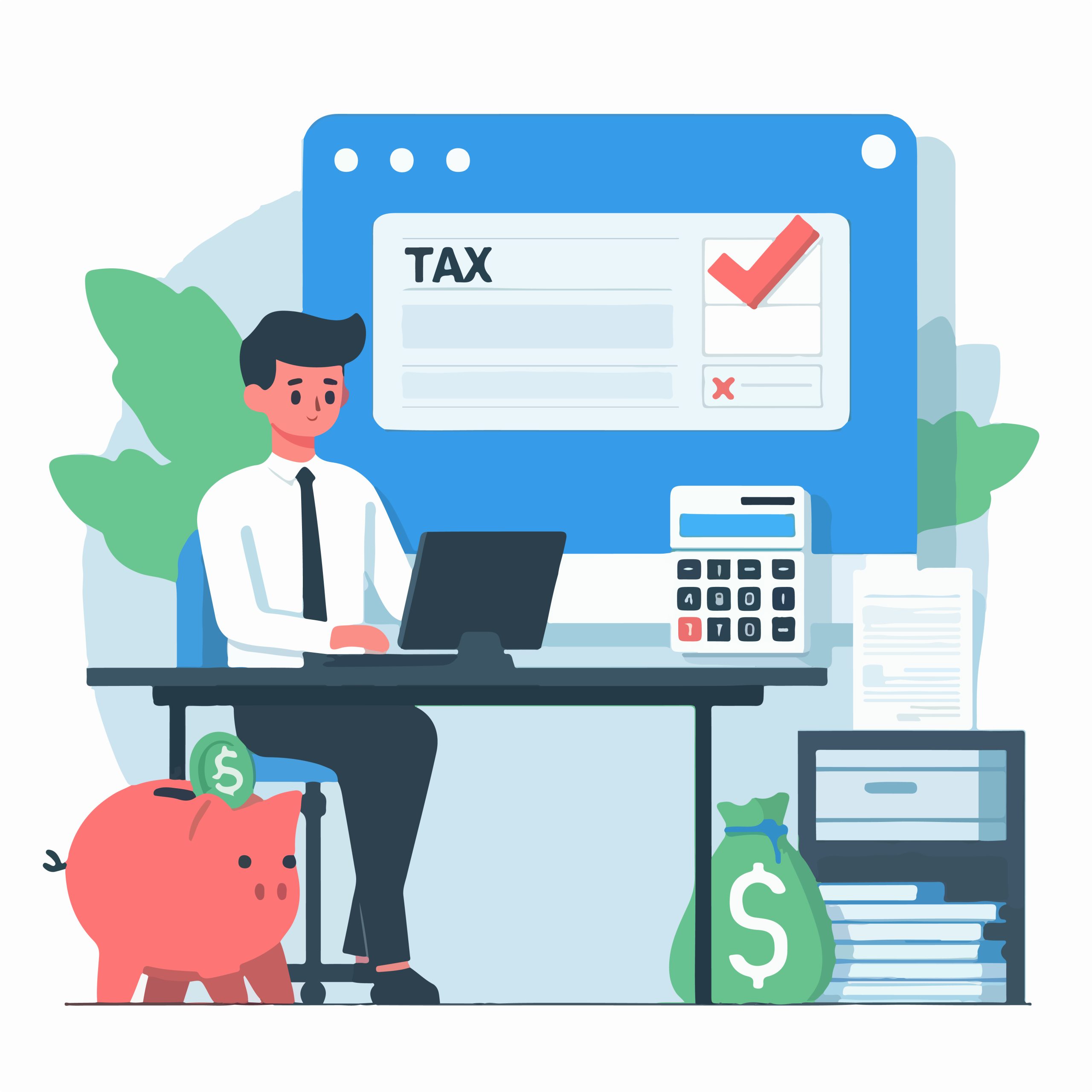If you’re self-employed, understanding your quarterly tax deadlines isn’t just helpful—it’s essential. Missing these IRS due dates can lead to unnecessary penalties, stress, and a snowball of tax troubles. Whether you’re a full-time freelancer, business owner, or side hustler, being aware of quarterly estimated tax payments can help you stay compliant, plan your cash flow, and maintain financial health year-round.
What Are Quarterly Tax Payments?
Quarterly tax payments, also known as estimated tax payments, are advance payments made to the IRS throughout the year. Since self-employed individuals don’t have taxes automatically withheld from their income like traditional employees do, the IRS requires them to pay taxes in chunks during the year instead of one large sum at tax time.
If you expect to owe more than $1,000 in taxes for the year (after deductions and credits), you’re likely required to make quarterly estimated payments.
Why Quarterly Tax Payments Matter
Here’s why every self-employed professional must take quarterly tax deadlines seriously:
-
You can avoid penalties and interest charges from the IRS.
-
You’ll manage cash flow more efficiently throughout the year.
-
You’ll avoid the shock of a big tax bill during tax season.
-
It helps you make smarter business and budget decisions all year long.
Quarterly Tax Deadlines for 2025–2026
Let’s break down the specific quarterly tax due dates so you can mark your calendar and stay ahead of the game.
2nd Quarter (April 1 – May 31, 2025)
Payment Due: June 15, 2025
This covers income earned from April 1 through May 31. If your business picked up in spring, this is the time to account for that growth and file your estimated taxes accordingly.
3rd Quarter (June 1 – August 31, 2025)
Payment Due: September 15, 2025
Summer side hustles, gig economy earnings, or peak client seasons fall into this quarter. Be sure to set aside enough from each payment you receive to make this estimated tax installment on time.
4th Quarter (September 1 – December 31, 2025)
Payment Due: January 15, 2026
Yes, although this quarter spans the end of 2025, your payment is due in January 2026. This can be a tricky one since it falls just after the holidays when spending typically increases. Plan to avoid scrambling in the new year.
1st Quarter (January 1 – March 31, 2026)
Payment Due: April 15, 2026
This quarter covers the beginning of the next calendar year and coincides with the official tax deadline for your prior year’s return. It’s a busy time, so don’t let this due date sneak up on you.
How Much Should You Pay Each Quarter?
Generally, you’re expected to pay 25% of your estimated annual tax by each quarterly deadline. To calculate this:
-
Estimate your total expected income for the year.
-
Subtract applicable deductions and credits.
-
Use IRS Form 1040-ES or an online calculator to determine your estimated tax.
-
Divide that number by four to get your quarterly payment.
If your income fluctuates seasonally, you can choose to pay more during high-earning months and adjust later using the annualized income method.
Tools to Help You Stay On Track
Missing a quarterly deadline can result in a penalty for underpayment, even if you pay everything at the end of the year. That’s why it’s important to use tools to help you stay compliant:
-
Use the IRS Direct Pay system or EFTPS to make payments.
-
Set calendar reminders for each due date.
-
Track income and expenses using apps like QuickBooks, FreshBooks, or Wave.
-
Consult a tax professional or use services like USeFiler to simplify your tax strategy and ensure accuracy.
Don’t Let Quarterly Taxes Catch You Off Guard
While being your boss has major perks, it comes with extra responsibilities too, like handling your taxes. Staying on top of your quarterly tax deadlines is one of the smartest moves you can make to keep your business running smoothly.
When in doubt, let experts like USeFiler help guide you through. With the right planning, paying taxes doesn’t have to be painful—it can become part of your success strategy.

